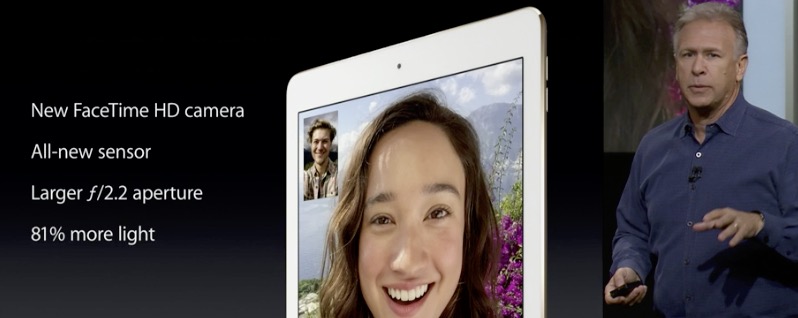
Sudo chmod a + r /System/Library/PrivateFrameworks/amework/Versions/A/Resources/AVC.plugin/Contents/MacOS/AVC Sudo chmod a + r /System/Library/Frameworks/amework/Versions/A/Resources/VDC.plugin/Contents/MacOS/VDC

Then the commands given one at a time are as follows: Just like before disabling the camera, in order to re-enable the Mac camera in this way, you will probably need to temporarily disable SIP on Mac OS before starting. You do not need to restart for the changes to take effect, even if you need to launch some active applications that have access to the camera. ” On a Mac – that’s exactly what you want to see if you intentionally turn off the camera. When your Mac camera is turned off this way, if you try to open FaceTime, Skype, Photo Booth, QuickTime, iMovie, or any other application that uses the built-in camera, you will receive a message stating that there is no connected camera. (Note that you can also use chmod 200 instead of ar if you want to use numbers, the effect is the same and the permissions are –w -)
#Good facetime camera for mac mini mac os x
Older versions of Mac OS X that want to disable the iSight camera can achieve the same effect by following these steps. Back up your Mac before making any changes to the system software.
#Good facetime camera for mac mini how to
If you’re not sure how to do this, you can learn how to disable SIP on Mac OS.

This tutorial applies to modern versions of MacOS, such as Sierra and El Capitan, you must temporarily disable administrators to make changes to the system folder.


 0 kommentar(er)
0 kommentar(er)
